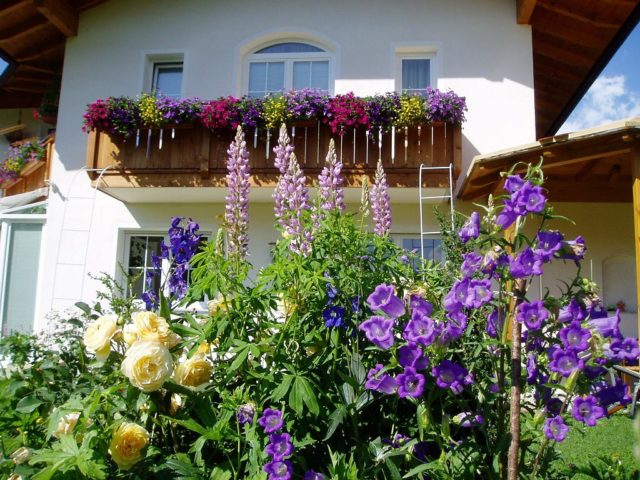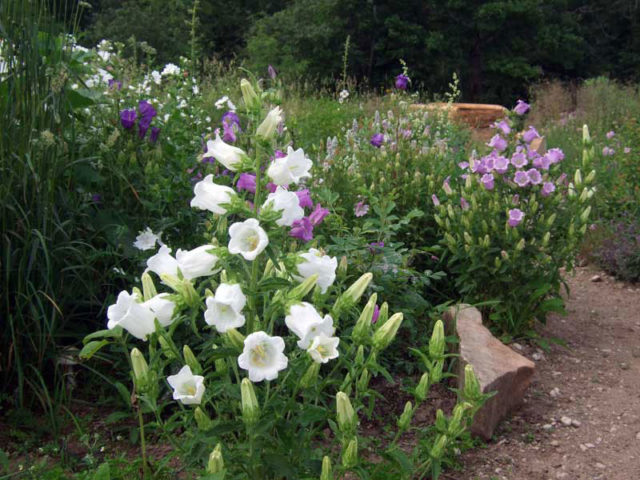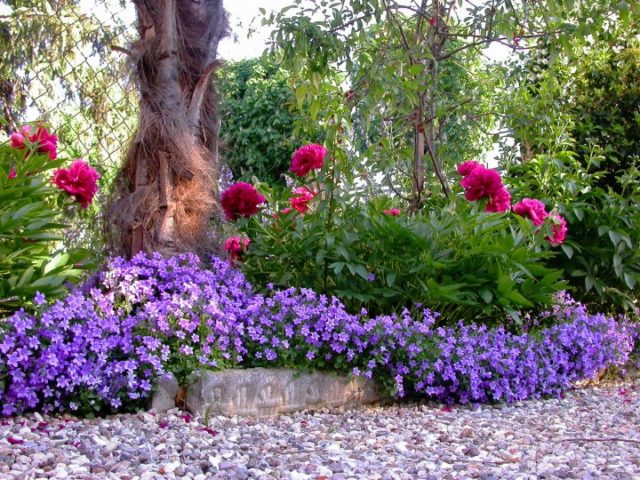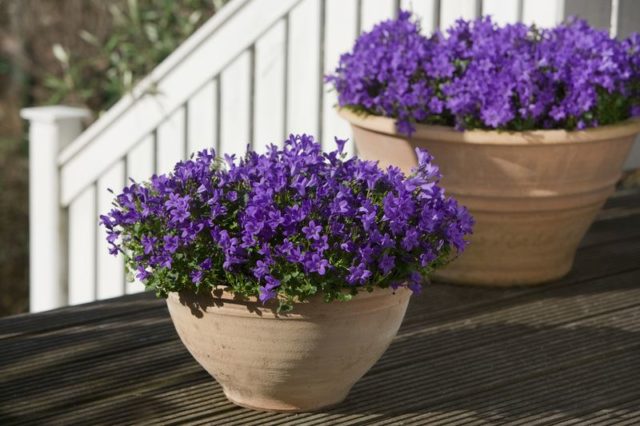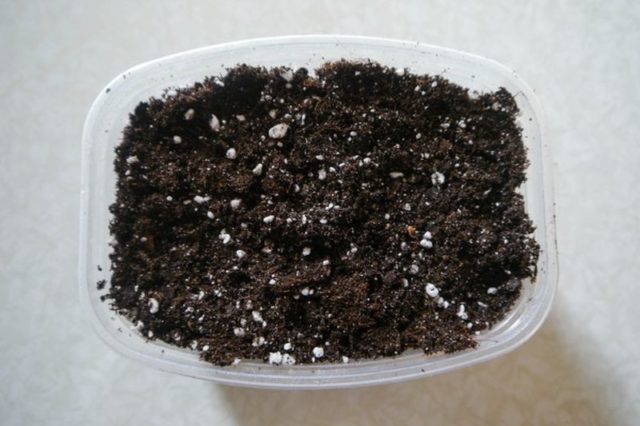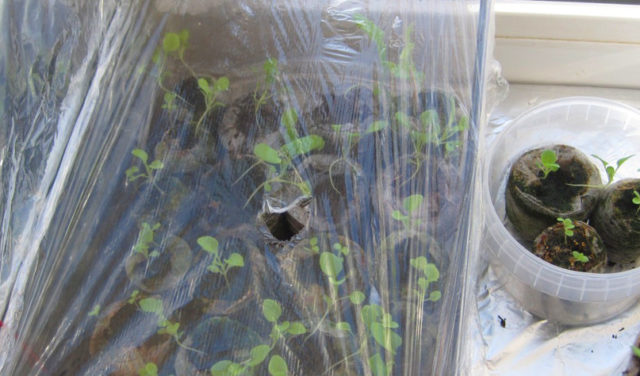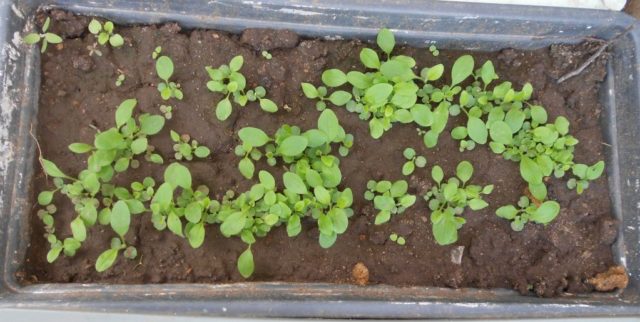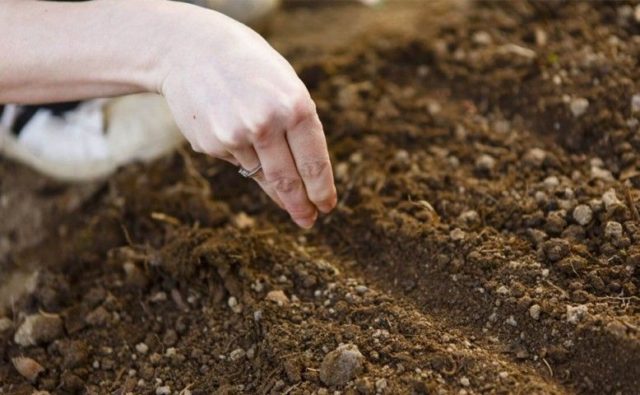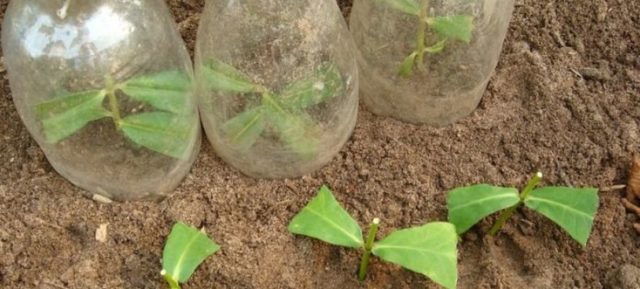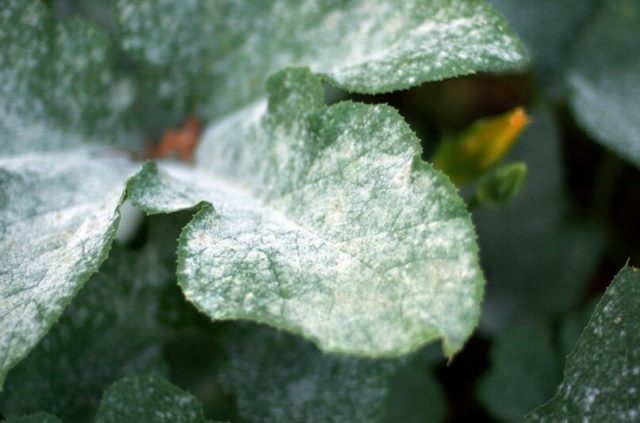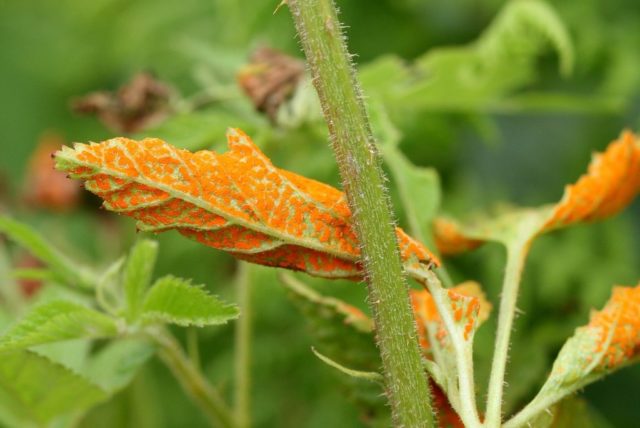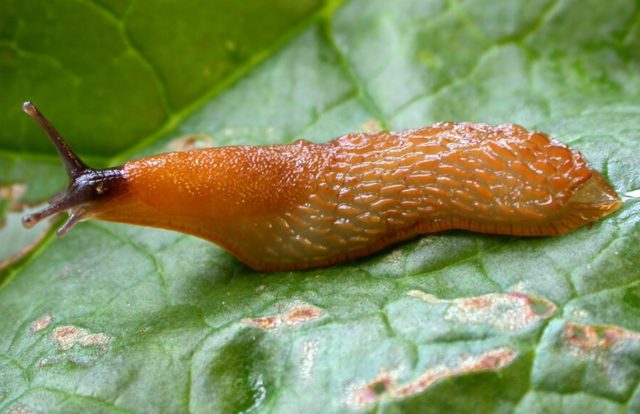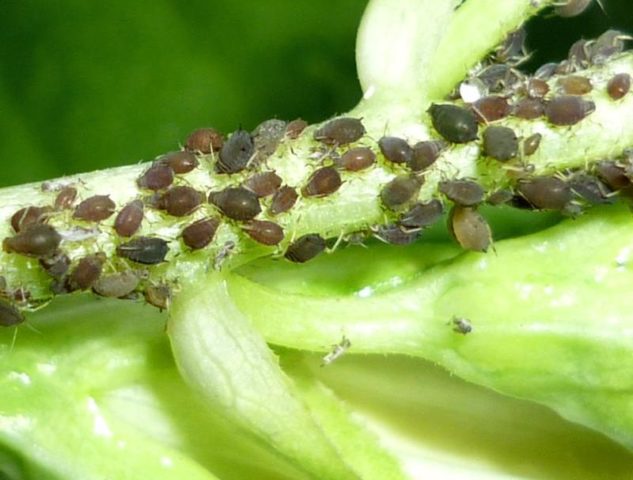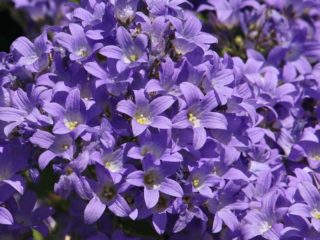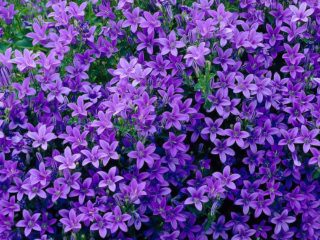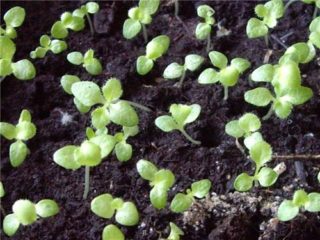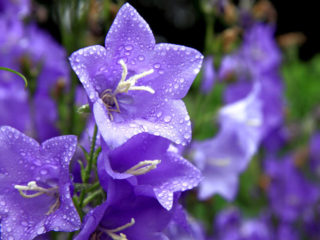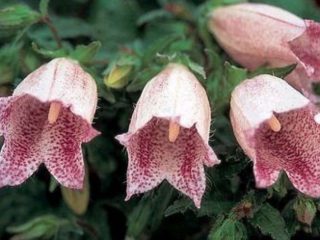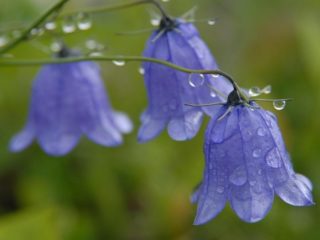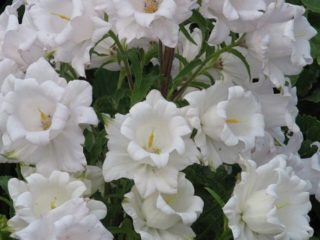Content
Medium bell is an ornamental plant with simple requirements for care and cultivation. You can plant it in any garden, and if you follow simple rules, the biennial will delight you with abundant flowering.
General description of the middle bell
Medium bell (lat. Campanula medium) is a herbaceous biennial plant. The stem of the crop is erect, covered with stiff hairs. The basal leaves are sessile and oval-lanceolate in shape, and the stem leaves are broadly lanceolate and have a rich green hue. In the first year of cultivation, it produces a rosette of leaves at the surface of the ground, which dies in winter, and in the spring, long shoots ending in inflorescences appear in the same place. After flowering in the second autumn, the biennial dies.
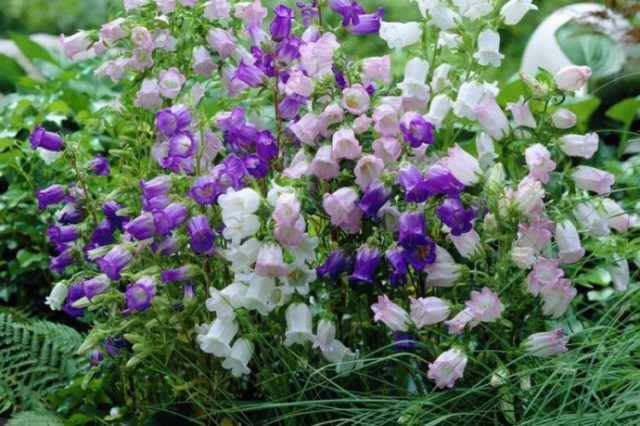
The middle bell is a biennial that dies after flowering in the second season.
It reaches 50-100 cm in height, up to 50 cm in diameter, the bush is quite compact and does not fall apart.It grows quickly, but does not take over excess space in the garden and is not an aggressive crop.
From June to early September it bears buds in the shape of inverted glasses with petals slightly wavy at the edges, curving outward. By type, the flowers of the average bell can be ordinary or double, reach about 7 cm in length and form lush inflorescences of 45-50 pieces. The color scheme is mostly cool and consists of white, blue, pink, purple and light blue shades. The decorative period usually lasts a month or longer, and the splendor is determined by the growing conditions; the crop produces the maximum number of flowers in sunny places with moderate moisture.

The flowers of the average bell usually have a characteristic goblet shape
The average bell prefers to grow in well-lit areas, where it shows maximum decorativeness. In the shade, the biennial develops worse, although it can bloom longer. The frost resistance of the plant allows it to withstand winter cold down to -30-35 °C.
The average bluebell grows ubiquitously throughout the world in temperate zones. It can be seen in southern Europe and North America, in central Russia, the Urals and Western Siberia. It is found mainly in well-lit edges and meadows, as well as in the foothills and rocky slopes.
The best varieties
The average bell is represented not only by natural forms, but also by decorative varieties. They are distinguished by especially lush flowering and brightly decorate the landscape.
Bell medium Terry
Terry species is the most popular varietal mixture for lovers of biennial plants.It reaches a height of 80 cm; in June it bears multi-petaled flowers in voluminous pyramidal inflorescences of pink, white and purple shades. Retains freshness for a long time when cut, about 2 weeks.
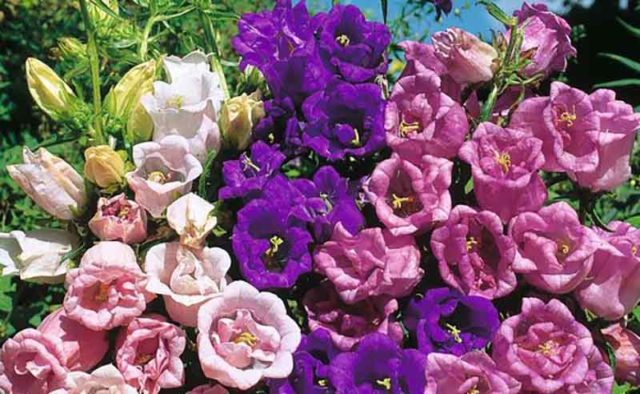
The buds of the average Terry bell reach 8 cm in diameter
Medium bell Mixed colors
Another varietal mixture comes in packages with seeds of different colors. As a rule, these are terry varieties up to 1 m tall, entering the decorative period from July to early autumn. The shades of the buds can be white, blue, pink and purple; with the help of a medium terry bell, a mixture of colors can be used to create a bright multi-colored flower bed.
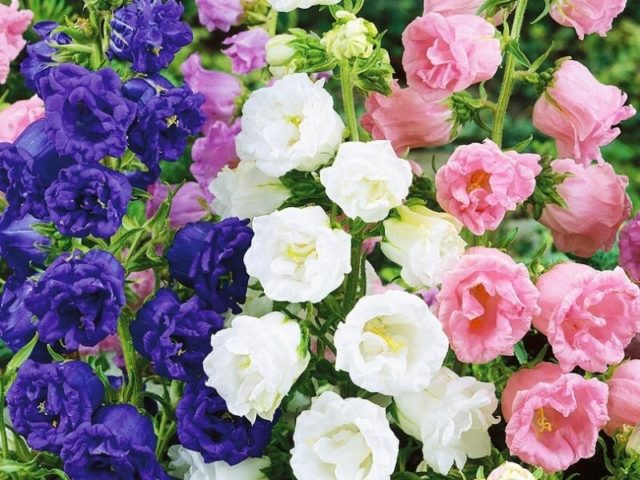
Mix of colors - a ready-made set of seeds of different colors
Carminrose
Medium bell Carmine Rose is a variety with a height of about 80 cm and rich pink buds. Flowering occurs from July to early September; when faded inflorescences are removed, it becomes especially abundant and long-lasting.
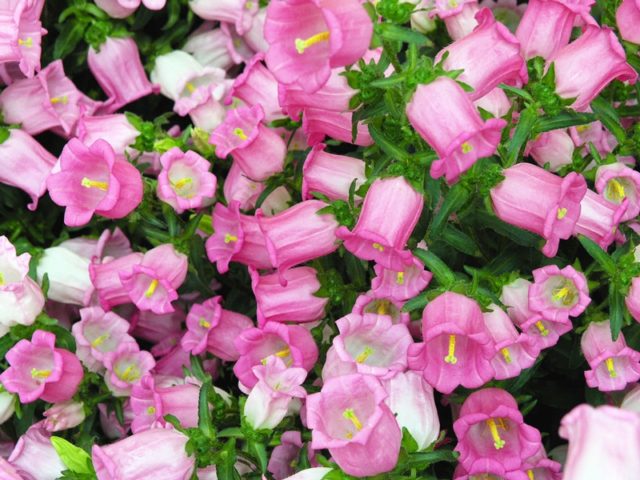
The buds of the Carminrose variety reach 7 cm in length and width
Rosea
The Rosea variety rises up to 80 cm above the soil and bears pink flowers from June to September. The buds are long, up to 7 cm, last a long time when cut, freshness is maintained for 12 days.
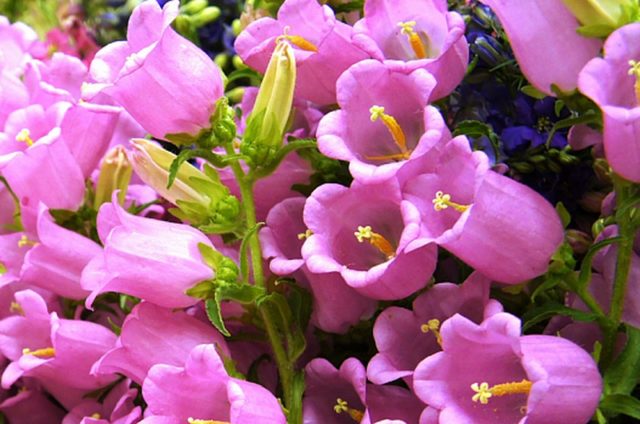
Rosea prefers well-lit areas
Snezhana
The average bell of Snezhana belongs to high varieties and rises up to 70 cm. It enters the period of maximum decorativeness at the beginning of summer and bears large white buds up to 8 cm in diameter. Looks most impressive in sunny flower beds.
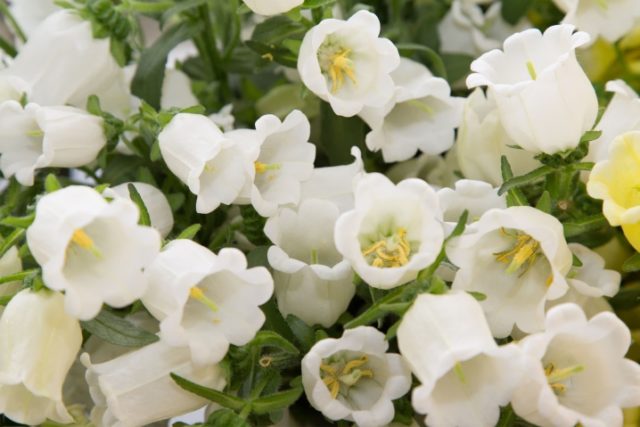
Snezhana can bloom profusely until autumn if dried shoots are removed
Cheerful gramophones
The varietal mixture Merry Gramophones from the Russian producer Aelita is a package of medium-sized bell seeds with different colors.Biennials grow up to 70-80 cm and bear buds of white, blue and purple flowers in June and July.
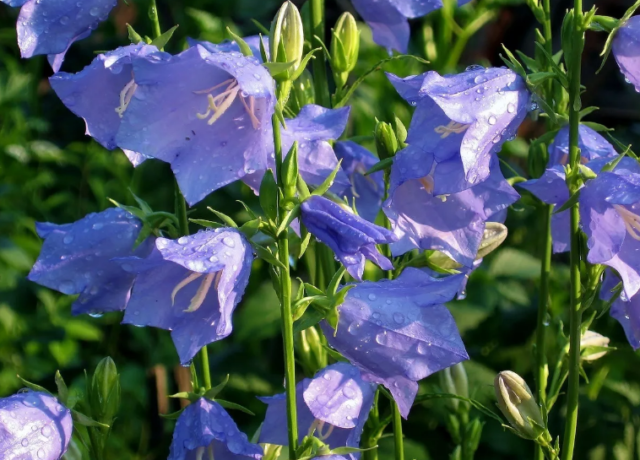
The buds of the Merry Gramophones look like inverted cups with widely diverging petals
Cup and saucer
The varietal group Cup and Saucer from the domestic producer SeDek is a mixture of white, blue and pink medium bells. The height of the plants is about 80 cm.
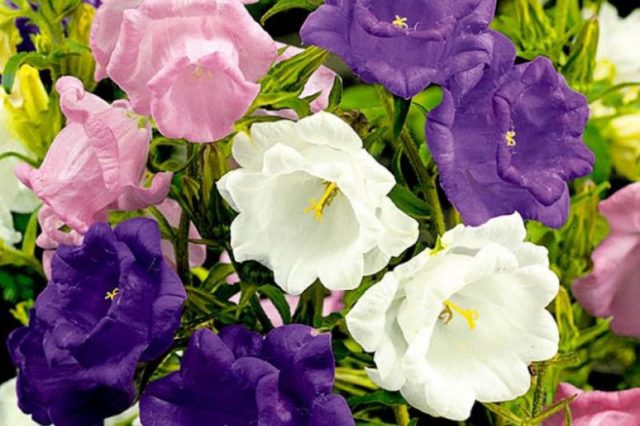
Medium bells Cup and saucer bloom from early summer until July
Dream
Dream is another Russian variety from SeDek. The tall biennial reaches 80 cm above ground level and bears large pink, glass-shaped buds in June and July.
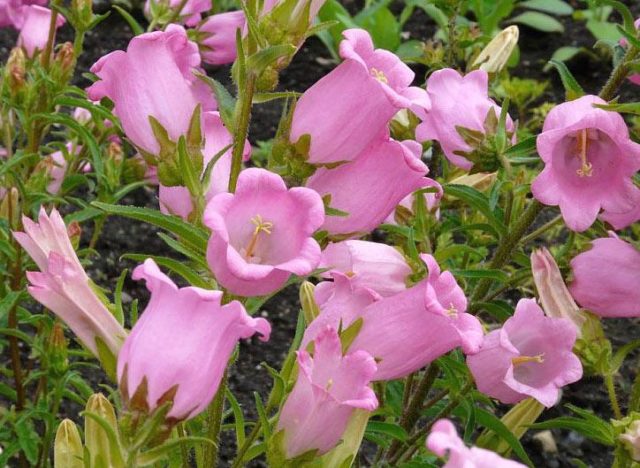
The flowers of the middle bell Dream are collected in pyramidal inflorescences up to 35 cm long
Raspberry ringing
A mixture of seeds Raspberry ringing from the manufacturer Russian Garden - these are terry bells in white, pink and blue shades. Biennials grow up to 75 cm in height and bloom profusely from July to September.
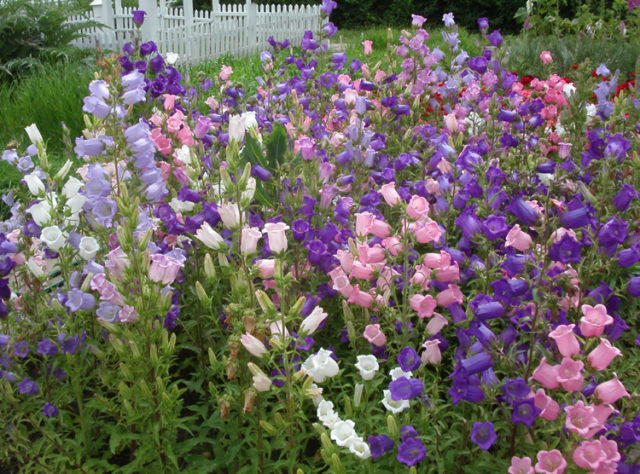
Raspberry ringing is distinguished by decorative glass-shaped buds with curved edges of the petals
Crimson rose
The biennial medium bell Crimson rose is a tall ornamental plant up to 80 cm. It blooms in June and July. The variety's flowers are glass-shaped, pale pink, with bright yellow stamens at the core.
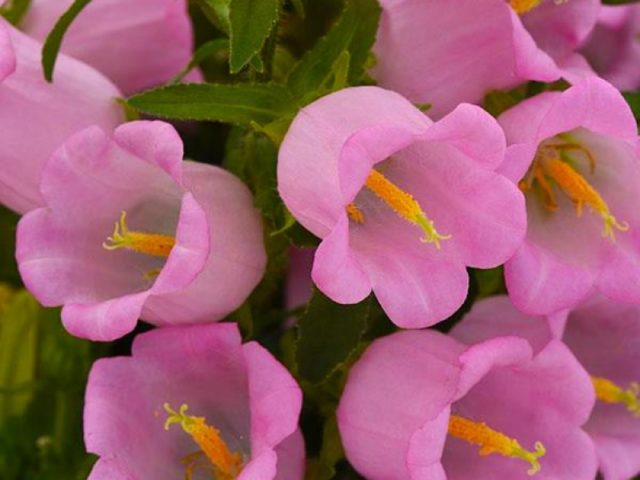
If you remove old buds from the Crimson Rose variety in time, flowering will last until the end of summer.
Application in design
When arranging a garden, biennials are used both independently and in combination with other plants. The photo of the middle bell Mix of colors shows that it and other varieties are used:
- as part of flower beds, mixborders and alpine slides;
The medium bell goes well with low perennials in flower beds
- for design of walking paths;
A medium bell planted along the path draws attention to it.
- for the formation of artistic borders;
When planted tightly, the blooming middle bell looks very attractive
- for growing in flowerpots.
The average bell can be grown in a pot on the terrace
You can combine biennials with marigolds and phlox, roses and carnations, clematis and astilbes. The culture feels comfortable next to any perennials that prefer light and moderate moisture.
Biennials are not recommended to be planted in close proximity to trees and tall shrubs. The flower will not be able to show maximum decorativeness and, moreover, will be forced to compete for water and nutrients.
Reproduction methods
The two-year-old middle bell is propagated by two methods:
- seeds;
- cuttings.
Despite the fact that shoots of the second year are suitable for cuttings, the seed method is much more often practiced. The seed of the middle bell germinates easily and quickly.
Growing a medium bell from seeds
Typically, a biennial plant is first germinated at home, and the already formed seedlings are transferred to open ground. Caring for seedlings is not particularly difficult, but it is important to know the algorithm:
- Growing a medium terry bell from seeds begins in the fall, at the end of October. Wooden or plastic containers are filled with a suitable soil mixture consisting of turf, sand and rotted leaves, taken in a ratio of 6:1:3, and then watered abundantly.
The soil mixture for medium bell seedlings should be nutritious and loose
- The seeds are distributed over the surface of the soil, lightly pressed into it and sprinkled with a thin layer of sand. The box is covered with polyethylene or glass to create greenhouse conditions and placed in a dry, dark place at a temperature of about 20 ° C.
At first, the seedlings are kept in greenhouse conditions under film.
- From time to time, the cover is removed from the container to ventilate and moisten the soil with a spray bottle. After about 14 days, the first shoots appear, after which the box can be moved to the light.
After the real shoots appear, the film is removed and the amount of light is increased.
When the seedlings produce true leaves and stretch about 3 cm, they will need to be pricked - replanted with a distance of about 15 cm between individual shoots. After this, the seedlings of the middle bell are again removed to a shaded place for 10 days, not forgetting to moisten the soil from time to time.
Biennials can be moved to the site at the end of May, when the return frosts are finally behind us. Since the plant will develop quickly, when planting in the ground, leave 30 cm of free space between individual flowers.
Planting a medium bell in the ground
The middle bell is planted in open soil both by seeds and cuttings. In both cases, the procedure is carried out at the end of May after the final warmth has been established.
A sunny, open place is selected for the biennial; light partial shade is also allowed. The plant requires light, but fertile soil, with neutral acidity and good drainage. Before planting a biennial, it is recommended to mix it with sand and humus:
- If we are talking about growing a medium bell of a mixture of colors or another variety from seeds, then the planting material is slightly buried in the selected area in the ground and sprinkled with dry sand. Then the bed is shaded and covering material is stretched over it. Shoots appear after 2 weeks, and after another 7 days they can be planted at a distance of 15 cm.
The middle bell is usually also planted with seeds in the soil in the garden.
- If a biennial is rooted by cuttings, then the shoot is lowered into a shallow hole, covered with remaining soil and compacted properly, and then watered abundantly and covered with film or a jar for a week. It is not necessary to keep the middle bell in water beforehand; you can bury it in the ground immediately after cutting.
You can root the middle bell with cuttings taken in the second year
Aftercare
Further care of the average bell comes down to several mandatory measures:
- Watering. Although the biennial does not like swamps, it also does not grow well in dry soil. The plant needs to be moistened as the soil dries out; special attention should be paid to it in the summer heat.
- Feeding. In the second year of life, the biennial middle bell can be fertilized with nitrogenous minerals in the spring, and phosphorus and potassium can be added to the soil during flowering.
- Loosening and mulching. To prevent the soil at the roots of the plant from turning sour, once every 2 weeks it must be carefully loosened several centimeters deep. At the same time, this will help get rid of the weeds that often appear next to the middle bell. To preserve moisture and maintain cleanliness, the area can be mulched with a layer of 5 cm; straw, rotted manure or fallen leaves are used as the material.
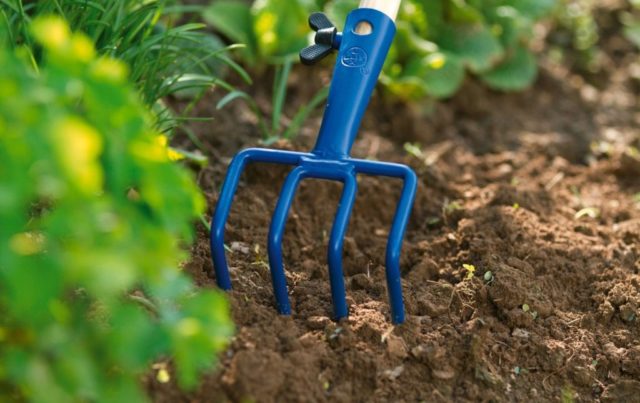
The soil in a flower bed with bells must be loosened so that the soil allows air to pass through.
In the second year of development of the middle bell, its flowering shoots must be tied to supporting pegs. Under the weight of the inflorescences, the stems can bend, and even break in strong gusts of wind.
Preparing for winter
At the end of September, the middle bell begins to be prepared for winter. First of all, it is necessary to cut off the biennial shoots flush with the ground, and mulch the flowerbed with peat, which will serve as a top dressing and an insulating layer at the same time. The thickness of the shelter should be at least 10 cm.
Diseases and pests
The average bluebell rarely suffers from diseases and insects. But in a cloudy, rainy summer with a lack of sun, it can be damaged by:
- powdery mildew;
With powdery mildew, the leaves become covered with a white coating, and the middle bell develops worse
- rust;
When rust occurs, bright red spots appear on the leaves of the middle bell
- gray rot.
With gray rot, both the stems and the upper parts of the shoot rot in the middle bell
Copper sulfate or the drug Fundazol are usually used to treat ailments. The plant is sprayed when symptoms appear and twice more subsequently with an interval of 2-3 weeks.
Among the pests that are dangerous for biennials are:
- slugs;
Slugs eat leaves in wet weather and can destroy the middle bell bush.
- aphid.
Aphids feed on juices and can densely cling to the leaves and stems of the average bell
To cope with insects, you can use pepper infusion or the insecticides Aktara and Actellik. To prevent slugs, superphosphate is scattered around the biennial plant.
Conclusion
Medium bell is a plant with a short life cycle, but very beautiful flowering. It is not difficult to plant a crop on a summer cottage, and care comes down to periodic watering and loosening the soil.
